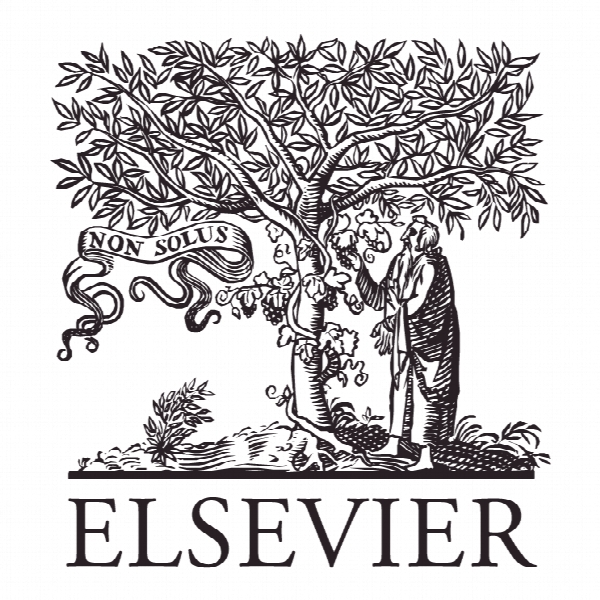روش تشخیص رهبر – اجتماع برای تشخیص اجتماع در شبکه های اجتماعی A new scalable leader-community detection approach for community detection in social networks
- نوع فایل : کتاب
- زبان : انگلیسی
- ناشر : Elsevier
- چاپ و سال / کشور: 2018
توضیحات
رشته های مرتبط مهندسی فناوری اطلاعات و علوم اجتماعی
گرایش های مرتبط شبکه های کامپیوتری
مجله شبکه های اجتماعی – Social Networks
دانشگاه Laboratory of Information and Communication Technologies – National School of Applied Sciences – Morocco
منتشر شده در نشریه الزویر
کلمات کلیدی رهبر، تشخیص جامعه، نمودار بزرگ، مرکزیت، شبکه اجتماعی، شباهت، داده های بزرگ، تئوری گراف
گرایش های مرتبط شبکه های کامپیوتری
مجله شبکه های اجتماعی – Social Networks
دانشگاه Laboratory of Information and Communication Technologies – National School of Applied Sciences – Morocco
منتشر شده در نشریه الزویر
کلمات کلیدی رهبر، تشخیص جامعه، نمودار بزرگ، مرکزیت، شبکه اجتماعی، شباهت، داده های بزرگ، تئوری گراف
Description
1. Introduction Complex networks represent complex systems in different areas. They can be modeled by a graph, where nodes represent the actors of the system, connected by edges to describe different types of relationships. Discovering communities is a fundamental problem in network science, which has attracted vast attention in recent years (Xie et al., 2013; de Arruda et al., 2014). Several research studies have addressed the problem of community detection. Community detection aims to find clusters as sub-graphs within a given network (Social Network Analysis, 2017), with the purpose of finding the communities using the information embedded in the network topology. A community is defined as a set of nodes highly interconnected, and loosely connected to other nodes in the network. Within certain communities, some nodes play more important roles in diffusion of information, ideas, and innovation within those communities. They are the catalysts of influence. Therefore, it has motivated many researchers to look for an efficient method to find the most influential members in social networks. For example, it is in trading companies and banks interest to find active and influen tial parties in their existing network and potentially extend their network to include other parties (Wang et al., 2011a). Identifying influential or leaders nodes in networks can be regarded as ranking important nodes, and it has become one of the main problems in network-based information retrieval and mining (Domingos and Richardson, 2001). In epidemic spreading, it is vital to find the important nodes to understand the dynamic processes, which could shed some light on immunizing modular networks. In biological systems, key nodes are identified in the communities for the purpose of treatment, for example in the case of lung cancer, the treatment option entails destroying cancer cells while protecting normal cells (Domingos and Richardson, 2001). Identification of influential nodes relies on quantitative characterization of the node in terms of their importance to community structure, centrality in particular. Centrality aims to identify the most important actors in a social network, which determines the social influence and power of each actor within such network. Centrality can be local or global (Gao et al., 2014; Networks, 2010; Renoust, 2014). The local methods, which include degree and betweenness centrality, use the local features of the node to determine its importance. Degree centrality measures node involvement in a network and is determined by the number of nodes that a focal node is connected to. The betweenness centrality assesses centrality in a network of nodes based on shortest paths.


